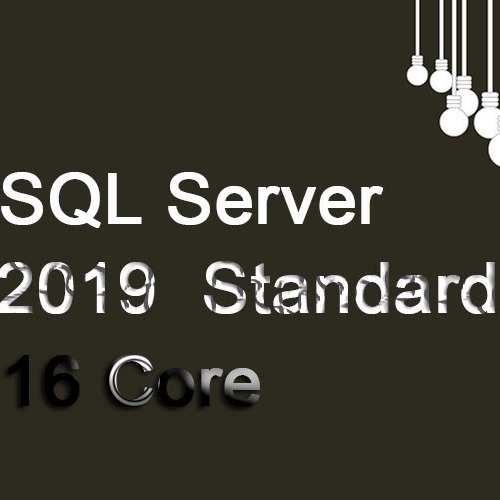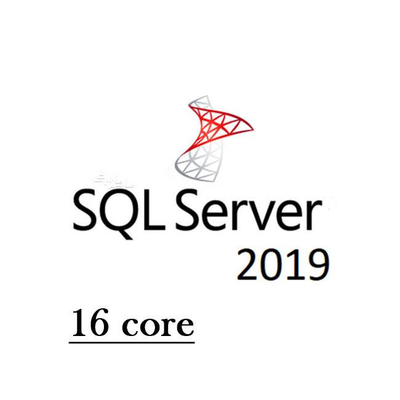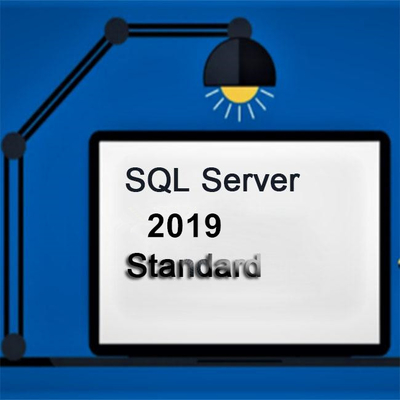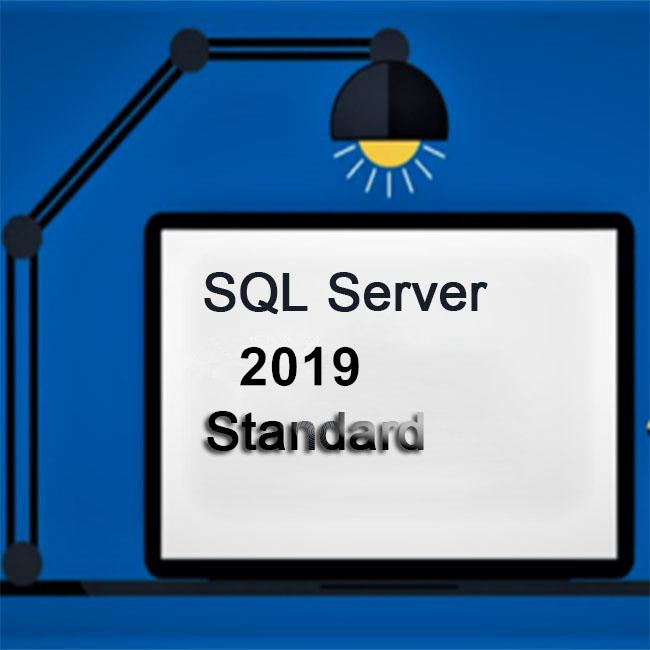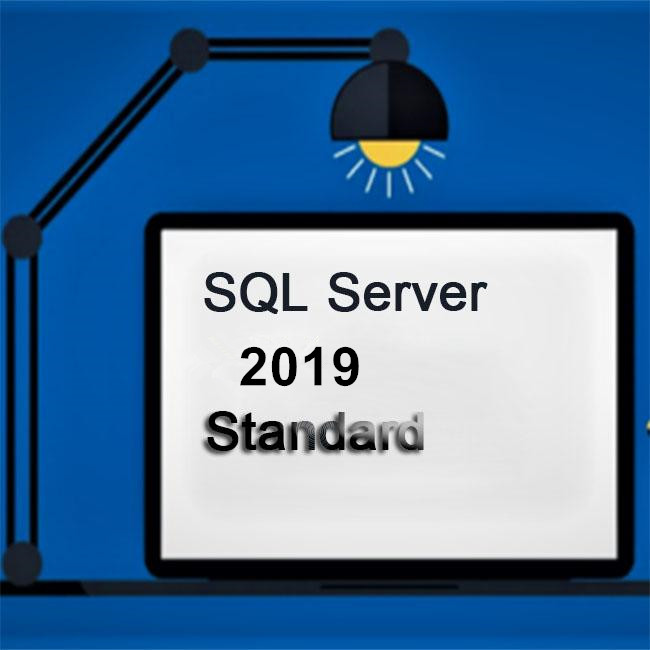Windows SQL Server 2019 Standard 16 Core Edition All-Language Code Key
What is Windows SQL Server 2019 Standard 16 Core
SQL Server 2019 Standard 16 Core gives industry-leading execution and knowledge over the entirety of your data, structured and unstructured. In addition, SQL Server 2019 would now be able to be the center for your whole information home, with the capacity to query any database like Oracle, MongoDB, Cassandra, and Hadoop in an exceptionally secure and profoundly performant way—all without moving or replicating the data.
SQL Server has developed from a customary database to an industry-leading data platform worked to take on any data project, from OLTP, Data Warehousing and BI, to AI and progressed analytics over Big Data. Further, SQL Server 2019 incorporates the entirety of this in one product, SQL Server 2019 acquires improvements the core SQL engine, offers a scale-up and scale-out system support for Big Data (Apache Spark, Data Lake), cutting edge data virtualization technology, and with built-in AI abilities.
Windows SQL Server 2019 Standard 16 Core
Analyse every type of data
Choose your language and platform
Rely on industry-leading performance
Trust nine years of proven security leadership
Make faster, better decisions
Why choose Windows SQL Server 2019 ?
Run faster transactions with enhanced high availability and performance.
Get in-database machine learning with R and Python as well as self-service reports and dashboards through Power BI Report Server and Mobile BI.
Run mission-critical workloads using Windows, Linux, and containers on premises, in the cloud, or in hybrid environments.
Integrate, manage, and analyze both relational and unstructured big data using data virtualization and big data clusters.
Use SQL Server 2019 big data clusters as an analytical data lake with built-in support for Hadoop Distributed File System (HDFS) and Spark.
Analyze and score large amounts of data with machine learning and processing platforms like Spark.
Reduce the need for Extract, Transform, and Load (ETL) applications by eliminating data movement.
Integrate and secure machine learning applications with scalable performance.
Reduce the need for application and query changes to gain a boost in performance.
Increase confidential computing of data through hardware enclaves.
Increase application and database uptime and availability through features like ADR (Advanced Database Recovery).
Extend the power of the T-SQL language in a secure and robust fashion.
Run applications and deploy databases across multiple operating systems and platforms with compatibility.
Reduce the risk of upgrades while using new SQL capabilities when you are ready though inbuilt database compatibility levels.
System Requirements
Hard Disk: SQL Server requires a minimum of 6 GB of available hard-disk space.
Monitor: SQL Server requires Super-VGA (800×600) or higher resolution monitor.
Internet: Internet functionality requires Internet access (fees may apply).
Memory:
Minimum: 1 GB
Recommended: At least 4 GB and should be increased as database size increases to ensure optimal performance.
Processor Speed:
Minimum: x64 Processor: 1.4 GHz
Recommended: 2.0 GHz or faster
Processor Type: x64 Processor: AMD Opteron, AMD Athlon 64, Intel Xeon with Intel EM64T support, Intel Pentium IV with EM64T support
Operating system:
Windows 10 TH1 1507 or greater
Windows Server 2016 or greater
.NET Framework: Minimum operating systems includes minimum .NET framework.
Network Software: Supported operating systems for SQL Server have built-in network software. Named and default instances of a stand-alone installation support the following network protocols: Shared memory, Named Pipes, and TCP/IP.


 Your message must be between 20-3,000 characters!
Your message must be between 20-3,000 characters! Please check your E-mail!
Please check your E-mail!  Your message must be between 20-3,000 characters!
Your message must be between 20-3,000 characters! Please check your E-mail!
Please check your E-mail! 
